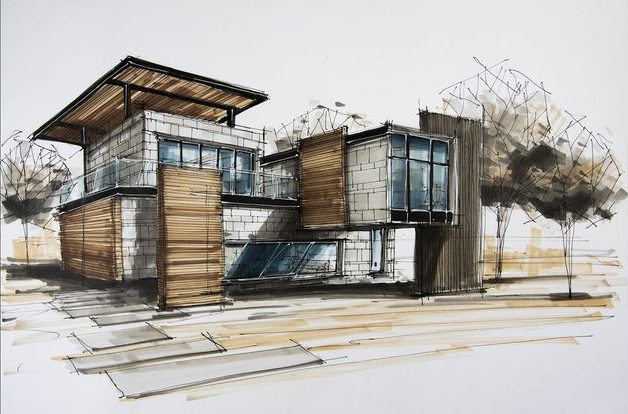Architecture that blends form, function, and style is a dynamic interplay that reflects humanity’s evolving relationship with space and design. At its core, this approach transcends mere aesthetics, embracing the notion that buildings should serve practical purposes while also being visually compelling. This synthesis becomes particularly vital in a world where urbanization is rapid, and environmental considerations are paramount. The concept begins with form, which encompasses the physical characteristics of a structure, including shape, size, and material. Architects are increasingly experimenting with innovative forms that challenge traditional conventions, employing organic shapes, asymmetry, and unique geometries to create visually arresting edifices. Such designs are not merely for show; they often respond to their environments, harnessing natural light, promoting energy efficiency, and enhancing the overall experience of the occupants. For instance, the integration of large windows and open spaces can foster a sense of connection with the outdoors, which is essential for both residential and commercial buildings.

Function, the second pillar of this architectural trifecta, is about the usability of a space. A building’s design must cater to the needs of its inhabitants, whether it be in terms of accessibility, comfort, or adaptability. This aspect is crucial in various settings, from residential homes that must accommodate families to public spaces designed for communal use. Architects are increasingly prioritizing flexibility in their designs, allowing spaces to be easily reconfigured to suit changing needs. For example, contemporary office spaces often feature movable partitions and multi-purpose rooms, facilitating collaboration and promoting a sense of community among workers. This functional Outsourced Drafting adaptability extends beyond interior layouts; it also includes the integration of sustainable technologies, such as solar panels and green roofs, which not only enhance energy efficiency but also contribute to the well-being of the environment. Style, the final element in this architectural equation, reflects cultural values, historical context, and personal expression. The style of a building can evokes a sense of place and identity, acting as a canvas for creativity and innovation.
From the sleek minimalism of modernist design to the rich ornamentation of historic styles, architecture tells stories that resonate with both the past and present. Today, architects are often inspired by local materials and traditions, creating structures that harmonize with their surroundings while also pushing the boundaries of contemporary design. The challenge lies in finding a balance among these three elements form, function, and style without allowing one to overshadow the others. This balance is exemplified in iconic buildings like the Sydney Opera House, where its striking form complements its function as a world-class performance venue, all while embodying a unique style that reflects its coastal context. Moreover, the rise of eco-friendly design emphasizes this harmonious integration, as sustainable practices and materials become integral to the architectural process. In conclusion, architecture that blends form, function, and style is essential for creating spaces that are not only visually appealing but also livable and sustainable.
